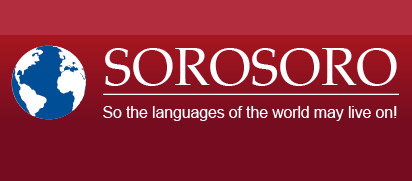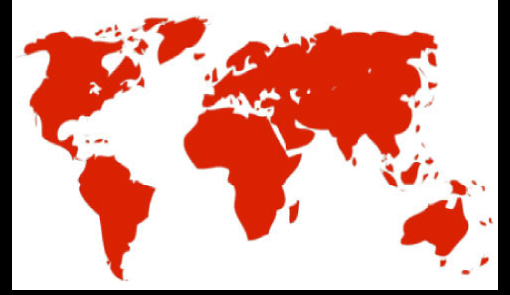Print  |
|


Marie-Adèle Jorédié and the Bb Lecture program in Xârâcùù
Back with Marie-Adèle Jorédié, a teacher who has gone long way to grant her language, Xârâcùù, a place in the education system of New Caledonia.
In the mid 80s, Marie-Adèle took part in the creation of the language immersion Kanak Popular Schools (EPK). Then in 1999 she put together the Bb Lecture program, an introduction to books geared towards young children before they start attending the White’s school. At the same time, she still teaches Xârâcùù in junior high school in Canala…
Quite a background, which she tells us all about here inside her own classroom, a classroom with stories of elephants and song-based alphabet exercises…
Linguist: Claire Moyse-Faurie (LACITO/CNRS)
Image & sound: José Reynes, assisted by Karl Jorédié
Translation: Annick Kasovimoin (Académie des Langues Kanak – ALK)
Editing: Caroline Laurent
Xârâcùù is one of the 28 Kanak languages, a group belonging to the Austronesian language family. The Austronesian language family stands among the largest language families in the world, with its 1,000 to 1,200 languages shared over a vast area including a large part of Oceania, the Pacific, and South-East Asia.
Xârâcùù is one of the languages spoken in the Xârâcùù area, alongside Xârâgurè, Haméa, and Tîrî. It is the most widely spoken of these four languages, with 5,729 speakers over 14 years old accounted for in the 2009 census. One third of them live essentially around Nouméa, while the other two thirds have remained in their traditional area, on the eastern coast of Grande Terre, and mainly in the Canala and Thio municipalities.
Xârâcùù is also the fourth most widely spoken Kanak language in New Caledonia, following Drehu, Nengone, and Paicî – it is also one of the best maintained: spoken in every municipality of the Xârâcùù language area, it reaches over 90% of the population in Canala.
Like every other Kanak languages, Xârâcùù is part of France’s 75 languages, and recognized in New Caledonia as a language of education and culture since the 1998 Nouméa Accord. It is part of the programs at the Canala and Thio junior high schools, although the language still hasn’t been approved as a relevant option for Baccalauréat, the French secondary school certificate
![]() Visit the Académie des Langues Kanak website (in French).
Visit the Académie des Langues Kanak website (in French).








